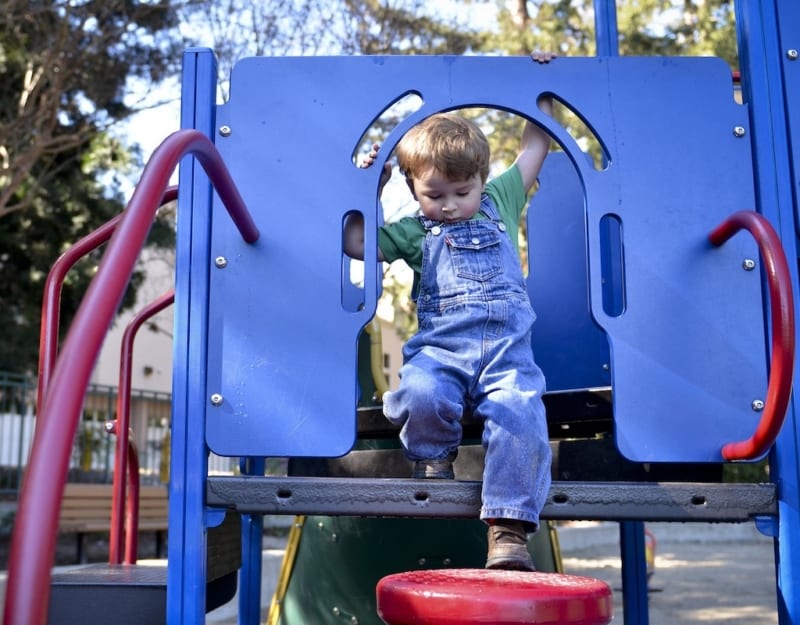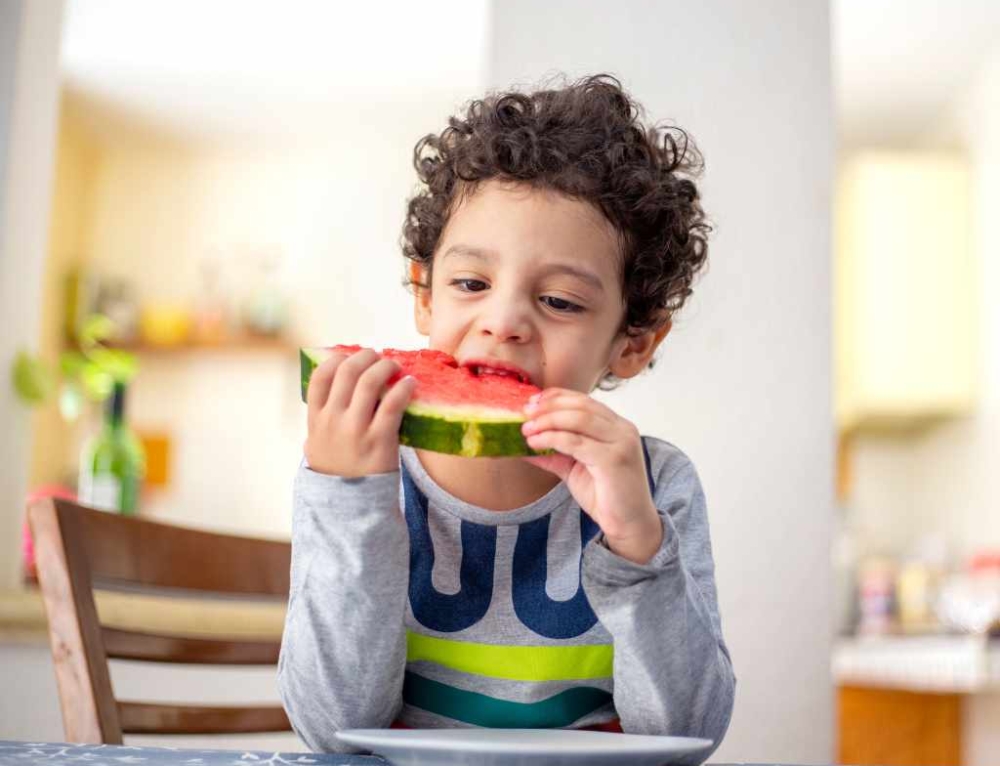As kids grow older, it can be disheartening to see the fun of your child’s bike-riding and ball-kicking being replaced by video gaming, watching TV or spending time alone in their room. Developmentally, kids over the age of 10 have a stronger desire for solitary activities but that doesn’t mean that parents can’t try to spend time with their kids, encouraging them into physical activity.
Physical activities foster a healthy body and mind and importantly strengthen the relationship parents have with their children as they enter the teenage years.
Your role in your child’s life is just as significant and important as when they were younger. As at any point of developmental change, a child will look to their parents — the people with whom they have the strongest bond — for help, inspiration and role modelling.
Understand the developmental stage
Parents of 8 and 9 year olds who played every sport under the sun can feel surprised when their children begin to lose interest in physical activities or organised sport teams.
Research shows that kids who are successful at sport continue playing, but as kids grow into tweens and teens, they become self-conscious about their bodies for the first time.
As kids grow into 11 and 12 year olds, they may have growth spurts which leave them feeling all arms and legs and less coordinated or clumsier than before. This can affect their confidence levels.
Use the following ideas to improve your child’s confidence and have them back looking at physical activity with a positive attitude:
Set a good example
Children at this age want to be independent but their eyes are still on their parents as they become more interested in how adults navigate their own world. Parents can’t just “talk” activity – they need to prioritise an activity themselves. Go for a walk, ride a bike or take a yoga class.
Praise, reward and encourage activity
Share personal goals and describe exercise as a way to relax and take care of yourself rather than a chore or punishment for what has been eaten.
Limit screen time
The best way to increase physical activity and shared time with your child is to limit screen time. It can be surprising to many parents just how many hours children can log across the week. Small changes such as not eating dinner in front of the television and restricting electronic gadgets to a family area can have a big impact. For children who are fixated on video games aim for active video games such as dance video games or Wii where the games use physical movements to control what happens on the screen.
Promote activity, not exercise
When choosing a birthday present, give the gift of activity. Activity related presents such as bikes, skateboards, scooters, trampolines and basketball rings all encourage activity.
Focus on activity for family holidays
A day on a rock-climbing wall, going to the beach or bushwalking increases activity levels. Get the whole family involved in a game of backyard cricket. Siblings can verse each other in a handball competition on the driveway. Families that have a pool can enjoy pool games with their kids which are fantastic exercise. These activities are all free and focus on fun!
Give your child choice
By this age children will generally show a preference for activities you can probably see labels like “the sporty one” or “the artistic one” applying to your family.For children who do not wish to participate in organised sports, bushwalking is a great activity that can combine artistic hobbies such as sketching or photography and can be easily tailored to individual fitness levels. The martial arts are also popular within this age bracket.
Value of physical activity
Through physical activities, kids learn to set goals, meet challenges, teamwork, sportsmanship and the value in practising.
Even if your child finds sport too competitive or is disinterested, it helps to know that most children are not ready for competitive leagues or tough competition until the age of 12. Some associations have non- competitive leagues and some programs do not keep score or have eisteddfods or social games instead.
Help them find what they love
Find the right mix of activity for your child – perhaps your child doesn’t have the hand-eye coordination for tennis but they have the perfect build and aptitude for swimming or they are interested in cycling? Just like adult’s children need the right sport matched to their ability and interests. Some children are still scared of the ball and may need coaching from you with passing or kicking skills.
The key to raising enthusiastic participants in physical activities is keeping the pressure off children and finding the right physical activity. All the encouragement and effort will pay off when your child develops a positive healthy attitude towards fitness that lasts them a lifetime.







Yes! I have noticed this a lot in our house. The hardest thing is, she is 10 and she needs that solitude, and she has been dismissive of the outings I organise and it ends up being me and my youngest going out instead. Then she says to me – oh but I missed you, why can’t we hang out more. The tricky bit is finding things she will want to do. Our local Gardens is a easy yes so far from her, so if I really want her to get out into fresh air I suggest ice cream at the gardens – I know, it’s ice cream. But we’ll be running through the gardens and climbing things and playing on the playground for about 2 hours as well, so it’s pretty decent active time.